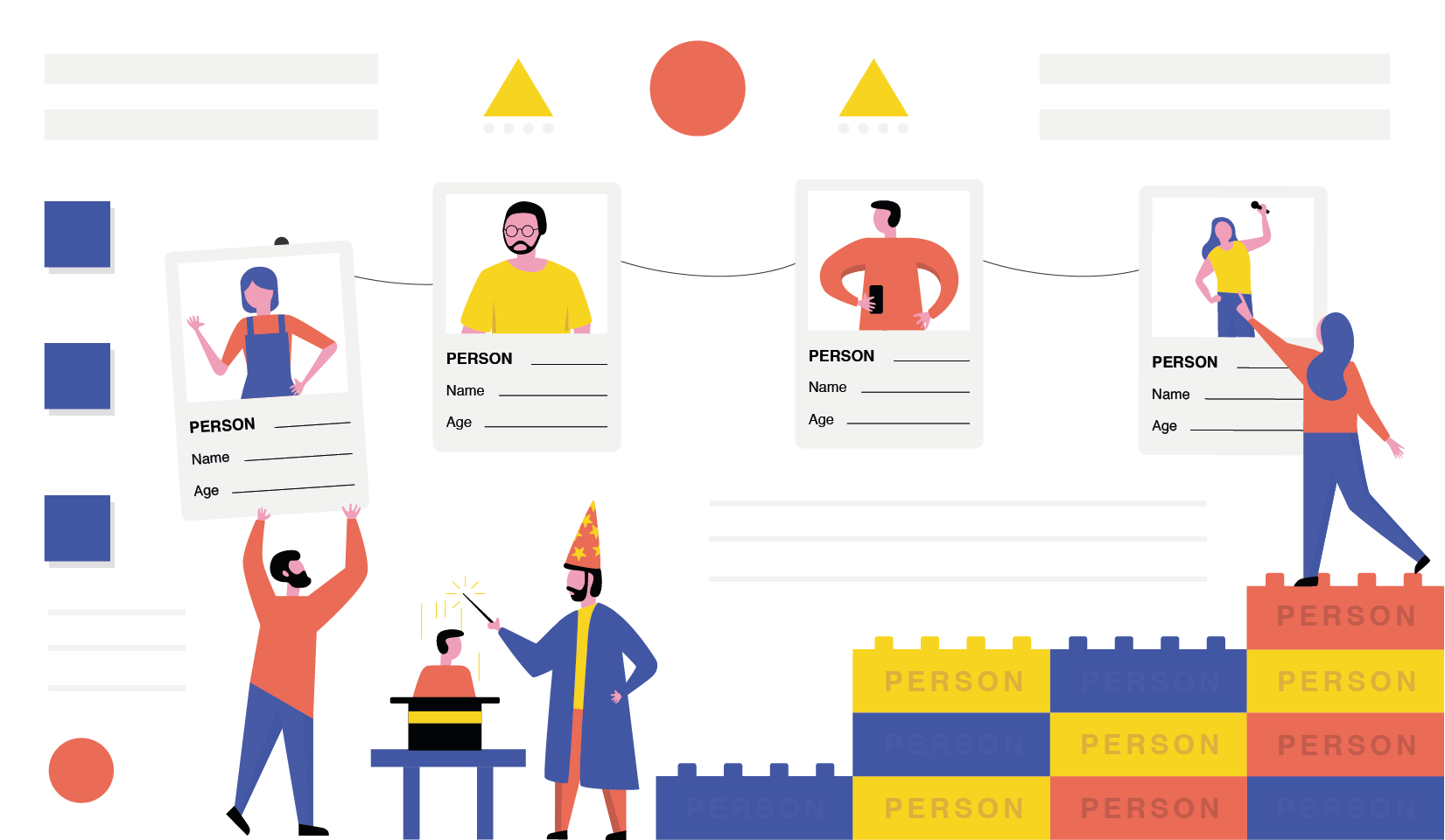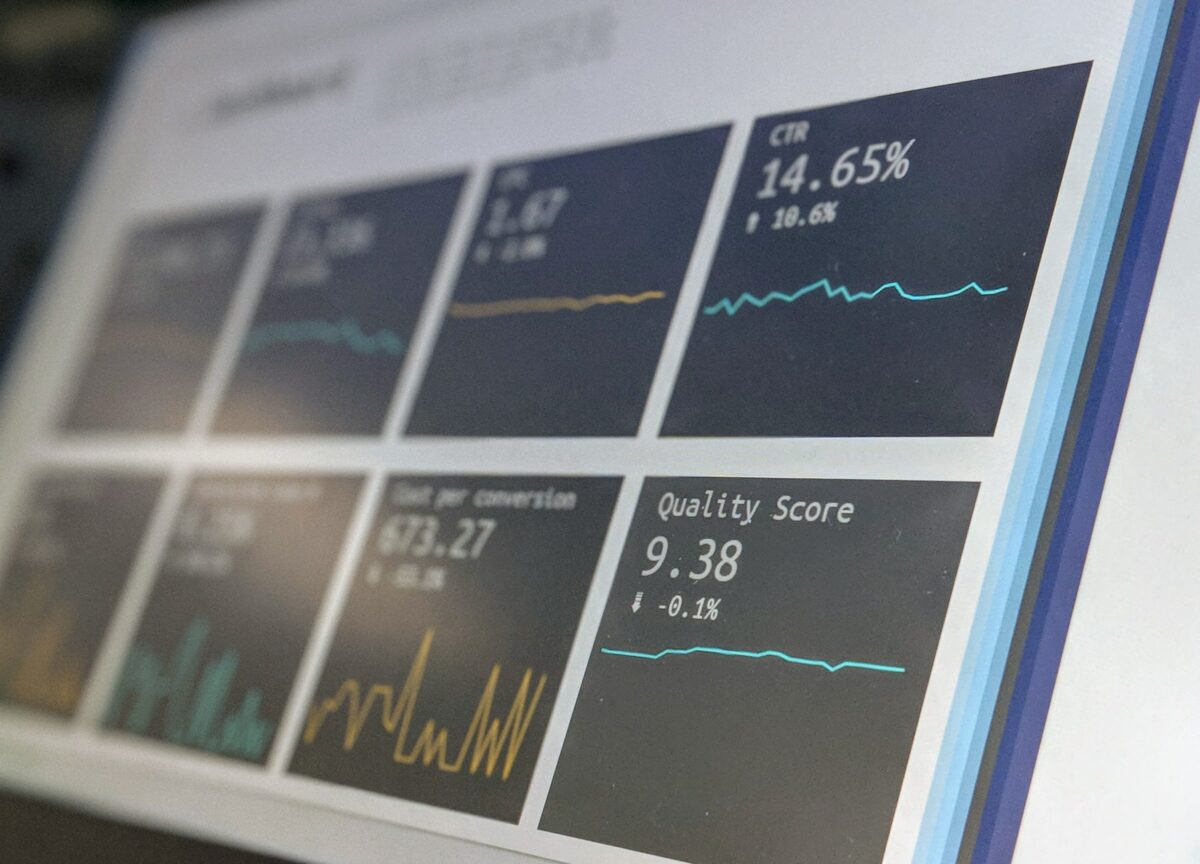Introduction
For a user to have a good experience on your website or app, it is important that they are able to identify with the persona you created. The more closely matched the persona is with their real-life needs and preferences, the better.
User personas are a great way to understand who your user is and what he or she wants. Unfortunately, many websites focus on UX personas for the sake of UX personas, rather than creating UX personas that match their customers’ needs. This blog post will help you create UX personas that not only work well for your website design, but are also capable of boosting revenue by basing personas on accurate and actionable customer insights.
What Is UX?
UX is a term that covers the design of any digital product, from websites and apps to software. It’s the process of enhancing user satisfaction by improving usability. That means UX designers have a responsibility to make sure your website or app is easy to use, regardless of whether you’re designing for an internal company portal or a public-facing one like Facebook.
UX stands for User Experience, which refers to how people feel about using a particular website or app. In other words, UX personas are just as important as UX designs because they help UX designers know what features will be most useful and enjoyable for their users.
UX Designers also need UX personas in order to create good customer UX. All user testing begins by creating the right set of test subjects -and this is where anyone should start with web design. The key here is knowing who your target audience is before doing anything else, and vital to understand your customer’s perspective.
The creation of good UX starts with UX research, which at its heart is understanding the target audience. Comprehensive UX research not only helps UX designers figure out what users want, but also helps UX designers with how to improve their websites or apps so that they can provide the best customer UX possible.
Ultimately however, good UX isn’t just about the design – it’s also about how well the design meets the needs of your users, so creating ux personas that accurately reflect your target audience is essential for creating a successful website or app.
What Are User Personas?
User personas are fictional, generalized representations of your target audience. They are based on real data, but they are not the same as individual users. You can think of them as archetypes that help you understand your target audience better.
As mentioned above, the best approach to develop user personas is to conduct thorough UX research first. This entails performing user testing, which could involve reading user forums and reviews, or conducting surveys in order to get a better understanding of your target audience. You may begin developing user personas that correctly represent your target audience once you’ve got a solid grasp on them.
User personas should always be based on actual data, not just assumptions or guesses. User personas should also be based on feedback from real users, not just UX designers or stakeholders, which is why initial UX research is so imperative to creating the right personas.
A good way to categorise your potential customers is by using demographic segmentation of user personas. This provides you with different ways to look at your customer base, and decide on what it is you need to do to make your product suitable for them.
Why Are User Personas Important?
User personas are important because they help UX designers understand their users better. They allow UX designers to see things from the users’ perspective and consider their needs when designing websites and apps. This, in turn, leads to a better user experience for your target audience.
Another reason why user personas are important is because they help boost revenue. By understanding your target audience’s needs and preferences, you’re able to design websites and apps that are more likely to appeal to them. This can result in more sales and conversions, which is always a good thing.
Personas may also assist designers in developing a better understanding of end users by building empathy for them.
User personas can help designers by encouraging them to step out of their own perspectives and recognize that different individuals have different requirements and expectations. Designers may then be better equipped to guess what a real person would want by considering the demands of a made-up persona.
How To Build UX User Personas The Right Way
A UX persona helps you to refine your product or service for a specific user. It is an exercise in empathy, understanding the needs and desires of your users so that you can create products that suit their needs. But how do you build a user persona the right way? The following list can serve as a checklist for UX designers.
1 – Research & Identify Different User Types
The first step is to refer to the aforementioned UX research to discover your target audience’s attitudes, motives, and behaviors. The most accurate personas are formed through in-depth user interviews and observation data of actual users, which are best distilled from real-world research.
It’s critical to gather as much information and knowledge about users as possible by interviewing and/or observing a sufficient number of people who represent a target audience. The more time a researcher spends interacting with people and recording their actions, the more realistic the persona will be.
In the case when it’s not feasible to talk to or observe real people, you can still build a persona based on what your team knows about customers. If your product is already on the market and has genuine users, you can use customer support logs and web analytics to create a persona. A provisional persona is made by relying on this data, and it’s fine as a placeholder until real personas are created.
Avoid creating user personas of conventional users during this phase (users that are neither real nor resemble the actual user). Completely made-up stories of invented people based on little or no study provide no value to the design process and, in fact, may cause damage. Furthermore, poorly developed personalities might quickly erode the technique’s reputation.
2 – Create Personas & Their Priority
The next step is to connect personality traits with behavioral patterns. The role of the researcher here is to characterize each persona in such a manner that it expresses enough understanding and empathy for existing users.
During this stage, it’s best not to include any personal information; one or two personality traits may bring a persona to life, but too many details will be distracting and weaken the persona as an analytical tool.
Often, researchers build numerous personas for each product. Because there are several audience user segments in many interactive products, it makes sense to create multiple personas. However, if you create too many personas, the procedure can get out of control.
That’s why, in this stage, it’s critical to keep the number of user personas to a minimum so that you may concentrate on design—and this can result in greater success. While there is no set amount, three or four personas are generally sufficient for most projects as a rule of thumb.
3 – Share Personas With Stakeholders
During this phase, the objective is to discover patterns in user research data that allow you to group similar people together into user types. After you’ve completed your research, write down a list of all the behavioral factors (e.g., ways in which users’ behavior differed).
Determine which variables apply to each interviewee (or real-life user traits) by comparing them to appropriate sets which you should have in mind. Then, find clusters (a set of people who tend to cluster together across six or eight variables). The formation of each persona will be based on these clustering trends.
4 – Create Scenarios & Document Results
Personas are meaningless in and of themselves. They have value only when they are connected to a scenario. A scenario is a made-up circumstance in which a person would use a product or service to get his or her intended result(s).
Scenarios are a useful tool for designers. They help them figure out the key user journeys by combining the user archetypes with the scenarios, which allows them to obtain needs and then design solutions from those demands. The perspective of the persona should be used when creating scenario descriptions, which should generally be at a high level and describe anticipated uses.
In most situations, when developing a user persona template, you should include the following details:
- Persona name
- A (stock) Photo
- Demographics (gender, age, location, marital status, family)
- Goals and needs
- Frustrations (or “pain points”)
- Behaviors
- Bits of personality (e.g. a quote or slogan that captures the personality)
5 – Review & Update
It’s vital to distribute personas across stakeholders in order for the design team to take action. Personas should be well accepted by all team members and stakeholders, and they should see the value in them. Eventually you’ll find team members will begin discussing personas as if they were actual people after becoming acquainted with them. Persona construction is almost like adding another member of the team!
Most designers work on multidisciplinary teams with members possessing varying knowledge, expertise, and points of view, and so all team members and stakeholders should be in agreement about design choices. Personas are a wonderful way to express the most important facts about users in a simple and practical way that everyone can comprehend and connect to.
Conclusion
The key to a good user experience is understanding your customers and what they want. User personas are an excellent way of doing this because the information within them can be used to create better experiences for users across websites or apps.
The UX tips we have provided should help you get started thinking about how you can leverage the power of human behavior in order to provide a great UX for your website visitors.
- UX and User Personas: How to Get it Right - February 6, 2022
![]() Give feedback about this article
Give feedback about this article
Were sorry to hear about that, give us a chance to improve.








